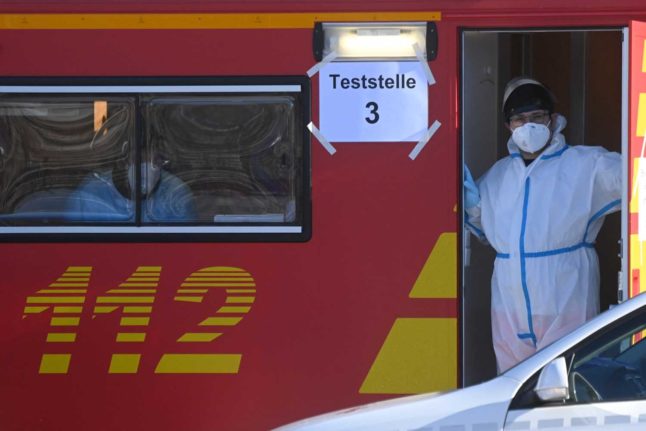Austria is expected to relax its quarantine on May 19th. This will make it easier for people to visit Austria, while it will also allow Austrians to go away and come home without having to quarantine.
While some residents of Austria might be looking to head further afield for holidays, some might want to go a little closer to home.
Austria shares a border with eight other countries: Germany. Switzerland, Liechtenstein, Slovenia, the Czech Republic, Hungary, Slovakia and Italy.
The rules for entry in these countries vary. Here’s what you need to know.
What is the current situation?
Currently, while Austrians are not prevented from leaving the country for travel, the strict quarantine rules for anyone returning has taken away the incentive for many.
As at May 3rd, people arriving or returning from all but a small handful of countries need to quarantine for between ten and 14 days in Austria.
Only arrivals from Australia, Iceland, New Zealand, Singapore, South Korea and the Vatican will not have to quarantine (as at May 3rd).
READ MORE: Austria to wind back quarantine rules on May 19th
The Austrian government has advised against all unnecessary travel “especially vaccine travel”.
As at May 19th, this quarantine will be relaxed.
The following indicates the rules for entering Austria’s neighbours. Please note that these rules often change. An official list of entry rules can be found here.
Germany
Everyone arriving in Germany will have to quarantine on arrival – and will also need to present a negative test.
The requirements do not apply to people from the enclaves Kleinwalsertal and Jungholz.
The test can either be a PCR or an antigen test – and must not be older than 48 hours.
Everyone entering will also be required to fill out a digital entry form.
The quarantine applies for ten days and can be left on the fifth day with a negative test.
Transit through Germany is permitted without a test or quarantine.
Please note that the rules can be different in each of Germany’s 16 federal states.
Switzerland and Liechtenstein
Switzerland and Liechtenstein operate their border policies in tandem.
Whether you will have to quarantine or not will depend on which Austrian federal state you arrive from.
Arrivals from from Burgenland, Upper Austria, Lower Austria, Carinthia, Salzburg and Vienna will be required to quarantine for ten days and present a negative PCR test.
Arrivals will need to fill out the following form.
Slovenia
Everyone arriving from Austria must undertake a ten-day quarantine when entering Slovenia, unless they can provide a negative PCR test result which is less than 48 hours old.
Cross-border workers are allowed to enter but must present evidence of a negative PCR or antigen test which is less than seven days old.
The Czech Republic
Non-essential travel to the Czech Republic is banned at present, meaning that tourism is not allowed.
Anyone entering the country will need to present a negative PCR test (72 hours or fresher) or an antigen test (24 hours or fresher).
Another negative PCR test will be needed to leave quarantine.
All entrants must register with the following form.
Hungary
Tourist travel is currently forbidden in Hungary, although commuters and cross-border workers can enter without quarantine or testing requirements.
Hungarian citizens and residents can enter from Austria but need to complete a ten-day quarantine.
Slovakia
All arrivals in Slovakia are required to quarantine and register on arrival.
The quarantine lasts 14 days but can be ended from the eighth day with a negative test.
The quarantine can be ended on the 14th day without a negative test.
Registration can be done at the following link.
Italy
Everyone entering Italy from Austria must register online at the following link before entering the country.
You must also submit a negative PCR or antigen test which is less than 48 hours old.
All entrants must undertake a five-day quarantine, from which you need a PCR or antigen test to be allowed to leave on the fifth day.
Cross-border commuters are exempt from the requirement.



 Please whitelist us to continue reading.
Please whitelist us to continue reading.
Member comments